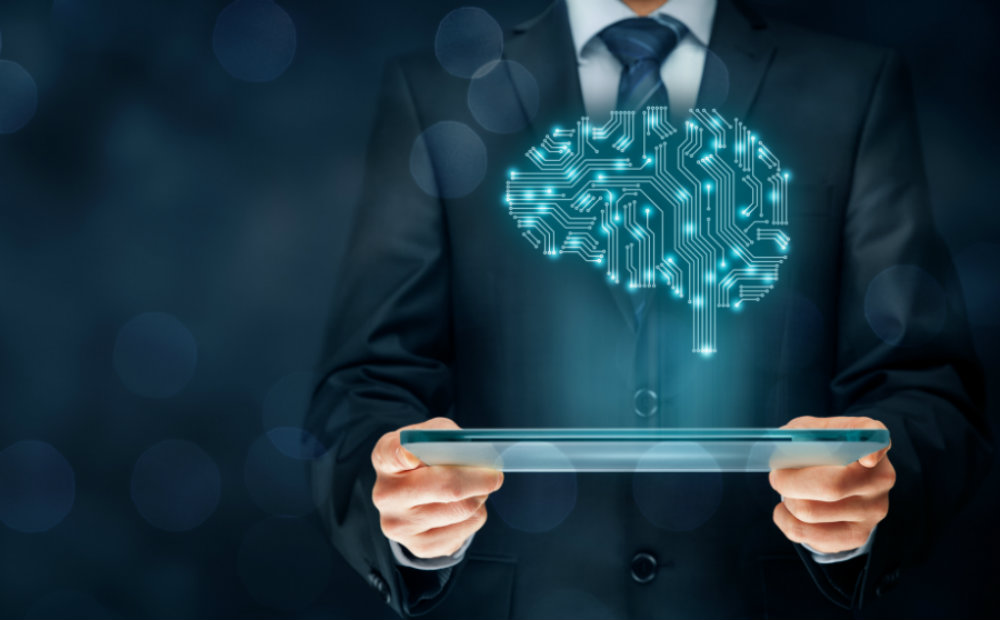Ever since grunts became words, speech has helped us learn, plan, and do amazing things. Our communication has been shaped by twin desires: to be understood and to understand.

But we’ve neglected to imbue the same mutuality into our computer systems, leaving the onus entirely on humans to make themselves understood by indifferent, literalistic machines.
The human-computer interface has been designed on the machine’s terms, using a keyboard and mouse to make requests in different ways than we’d usually talk. The results depend on strict conformity to the machine’s programing. Do it right, and we might get what we need. Make one small mistake, and we’re out of luck.
Now artificial intelligence offers a better way. Machine learning algorithms allow computers to meet us halfway to try to figure out what we’re saying, just as another person would. If you’ve ever asked a question of Siri, Cortana Google Assistant or Samsung Bixby, you’ve experienced the early stages of a profound transformation. The emergence of natural language processing may ultimately mean the end of the keyboard and mouse.
Imagine talking to your enterprise systems the way you’d talk to another person—without having to learn a new language for each app. Imagine being able to get what you really want, not what the computer thinks you want. Imagine how much more productive this emerging world will be![]()
Christian Reilly, VP of Global Product and Technology Strategy, Citrix










